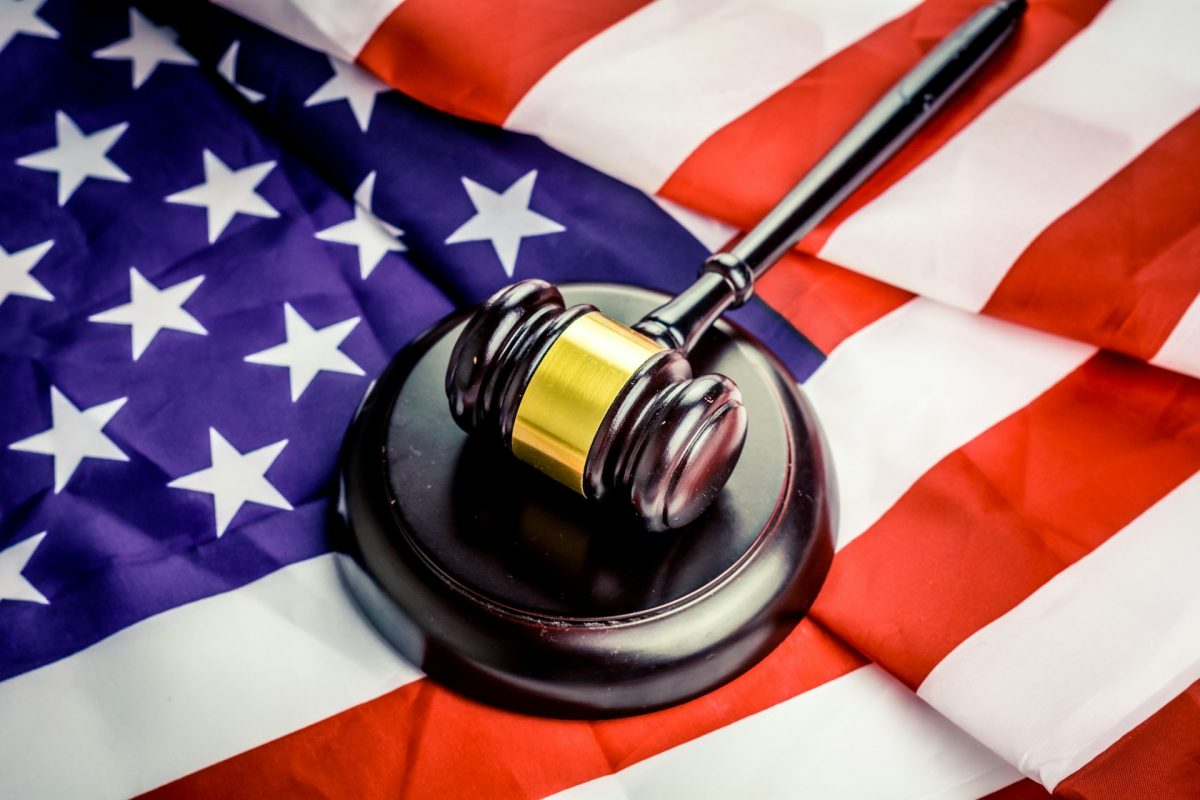When you’re involved in a personal injury case, one of the biggest questions you might have is whether your case will end up going to trial.
The answer isn’t straightforward because it depends on many different factors—some that are in your control and others that aren’t. Most personal injury cases are settled out of court, but that doesn’t mean yours will be.
Understanding what influences this decision can help you prepare and make informed choices about your case.
Personal Injury Stats in the US
| Personal Injury Case Statistic | Details |
|---|---|
| Average Settlement Range | $3,000 – $75,000 |
| Percentage of Cases Settled Before Trial | 95% |
| Minor Injury Settlements | Typically under $50,000 |
| Severe Injury Settlements | Can exceed $1 million |
| Settlement Influencing Factors | Medical expenses, lost wages, pain and suffering |
| Timeline to Settle | Few months to several years |
Understanding Settlements in Personal Injury Cases
Settlements are the most common way to resolve personal injury cases. A settlement is an agreement between the plaintiff (the person bringing the case) and the defendant (the person or entity being sued) to resolve the case without going to trial.
Settling a case can save both parties time, money, and stress—but it’s not always the right option.
Definition and Nature of Settlements
A settlement is a legally binding agreement where the defendant agrees to pay a certain amount of money to the plaintiff in exchange for the plaintiff dropping the lawsuit.
Once a settlement is reached and both parties sign the agreement, the plaintiff can no longer pursue further legal action related to that incident.
For instance, if you settle a car accident case for $50,000, you cannot later sue for more money—even if your medical bills end up being higher than expected.
How Settlements Are Negotiated and Finalized
The negotiation process begins when your lawyer sends a demand letter to the defendant or their insurance company, outlining your case and the amount of compensation you are seeking.
The defendant’s side will typically respond with a counteroffer, and from there, negotiations continue until both sides agree on a number. This back-and-forth can take days, weeks, or even months.
Once both sides agree, the settlement is finalized, and the case is officially closed. It’s important to note that until the agreement is signed, the possibility of going to trial still looms.
Common Reasons Cases Settle Before Trial
In personal injury cases, the decision to settle before reaching the courtroom is often influenced by several critical factors.
Settling can be beneficial for both parties, as it typically saves time, reduces costs, and minimizes the stress associated with a lengthy trial.
However, understanding the reasons behind settlements can provide clarity if you’re faced with this decision.
Here are some common reasons why cases settle before trial:
- Uncertainty of Trial Outcomes
- Cost Savings
- Time Efficiency
- Emotional Strain
- Reputation Management
- Control Over the Outcome
- Insurance Company Pressure
- Strong Evidence
- Avoiding Precedents
- Sympathy Factors
While settling a case before trial may seem like the easier option, it’s essential to weigh these factors carefully with your legal counsel.
Making an informed decision can help ensure that your interests are protected and that you achieve a fair outcome.
Pros of Settling a Personal Injury Case
Settling a case offers several advantages.
First, you will likely receive your money much sooner than if you went to trial. This can be crucial if you have ongoing medical bills or other expenses that need immediate attention.
Additionally, settling means lower legal fees and court costs—saving you thousands of dollars. Lastly, settlements are less stressful since they avoid the emotional strain of a trial.
Cons of Settling a Personal Injury Case
However, there are also downsides to settling.
One of the main disadvantages is that you might receive less money than you would if you won at trial.
The settlement amount is often a compromise, which means you could be accepting less than the full value of your claim.
Furthermore, once you agree to a settlement, you give up your right to pursue further legal action, even if new evidence comes to light later.
The Role of a Demand Letter in the Settlement Process
The demand letter is a critical part of the settlement process. This document outlines the details of the case, the damages you’ve suffered, and the amount of compensation you are seeking.
It’s essentially the starting point of negotiations. A well-crafted demand letter can set the tone for the entire settlement process and help you achieve a favorable outcome without going to trial.
The Timeline of Reaching a Settlement
The timeline for reaching a settlement can vary widely. Some cases are resolved in a matter of weeks, while others can drag on for months or even years.
Several factors influence the timeline, including the complexity of the case, the willingness of both sides to compromise, and the court’s schedule.
If both parties are motivated to settle quickly, it can be done relatively fast. However, if negotiations stall or new issues arise, the process can take much longer.
Legal Binding Nature of Settlement Agreements
Once a settlement agreement is signed, it becomes legally binding. This means that both parties are legally obligated to fulfill their end of the deal.
For the plaintiff, this usually means dropping the lawsuit and not pursuing any further claims related to the case. For the defendant, it means paying the agreed-upon amount.
Failure to comply with the terms of the settlement can lead to further legal action, so it’s crucial to fully understand the agreement before signing.
Situations Where a Settlement Might Not Be Appropriate
While settling is often the best option, there are situations where it might not be appropriate.
If the defendant is offering an amount far lower than what you believe you deserve, it might be worth taking the case to trial.
Additionally, if the case involves significant legal or ethical issues that could set a precedent, a trial might be necessary.
It’s important to weigh the pros and cons of settling versus going to trial and discuss your options with your attorney.
What Happens During a Personal Injury Trial?
If your personal injury case doesn’t settle, it may proceed to trial.
A trial is where both sides present their evidence, and a judge or jury decides the outcome. This process can be complex and intimidating, but understanding what happens during a trial can help ease some of the uncertainty.
Trials involve several stages, each with its own procedures and significance.
Detailed Steps Involved in a Personal Injury Trial
A personal injury trial involves several structured stages, each playing a critical role in determining the outcome of the case. Understanding these steps can help you prepare mentally and strategically if your case proceeds to trial.
The detailed steps involved in a personal injury trial are as follows:
- Jury Selection
- Opening Statements
- Witness Testimony and Cross-Examination
- Defense’s Case
- Closing Arguments
- Jury Deliberation
- Verdict
Understanding these steps can demystify the trial process and help you feel more prepared if your personal injury case goes to court.
Each phase is crucial, and the outcome depends on how well each side presents its case and how the jury perceives the evidence.
Typical Timeline from Trial Preparation to Verdict
The timeline for a personal injury trial can vary, but the process generally starts with extensive pretrial preparation. This includes gathering evidence, interviewing witnesses, and filing necessary motions.
The trial itself typically lasts anywhere from a few days to several weeks, depending on the case’s complexity.
After both sides present their cases and make closing arguments, the jury deliberates, which can take hours or days, leading to the final verdict.
The Role of the Judge and Jury in a Trial
In a personal injury trial, the judge oversees the legal proceedings, ensuring everything follows the law, while the jury determines the facts of the case.
The judge rules on the admissibility of evidence and instructs the jury on the legal standards they must apply.
The jury listens to the evidence, assesses the credibility of witnesses, and ultimately decides whether the defendant is liable and, if so, the amount of damages to be awarded to the plaintiff.
Examination and Cross-Examination of Witnesses
One of the most pivotal parts of a trial is the examination and cross-examination of witnesses.
During the examination, the plaintiff’s attorney asks witnesses questions designed to establish the facts of the case.
For example, a medical professional might testify about the extent of the plaintiff’s injuries and the long-term impact on their life.
The defense attorney then has the opportunity to cross-examine these witnesses, attempting to discredit their testimony or highlight inconsistencies. This back-and-forth is often where the strength of each side’s case becomes most apparent.
The Importance of Pretrial Preparation
Pretrial preparation is critical to the success of a personal injury case. This preparation involves gathering all relevant evidence, including medical records, witness statements, and professional opinions.
It also includes developing a legal strategy that anticipates the opposing side’s arguments.
Effective preparation can mean the difference between winning and losing a case. It ensures that the attorney is ready to respond to unexpected developments during the trial and can present the strongest possible case on behalf of their client.
Secure Your Future with Pyramid Legal
If you’re facing the uncertainty of a personal injury case, it’s important to have strong legal representation on your side.
Pyramid Legal, your Pasadena personal injury lawyer, is here to help you through every step of the process.
Call us today at (818) 814-8070 to schedule a consultation and find out how we can assist you in securing the compensation you deserve.








